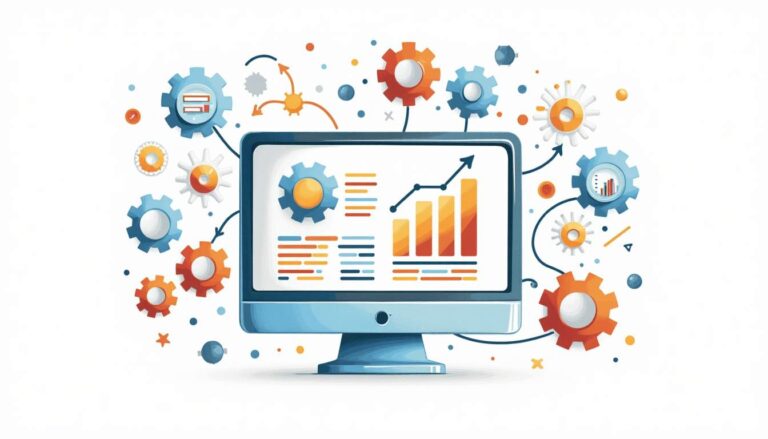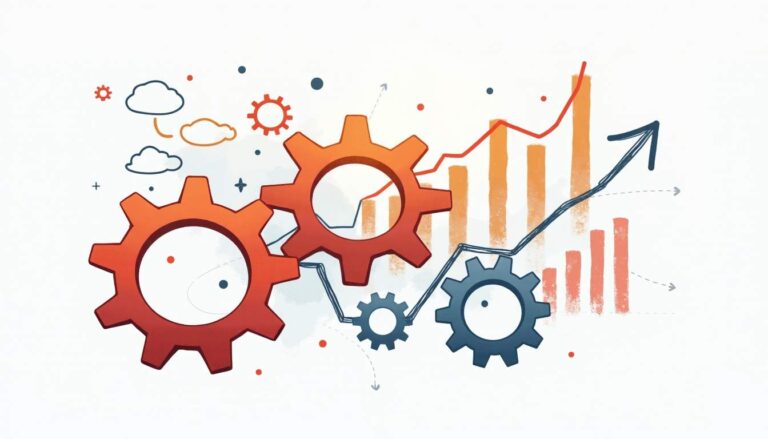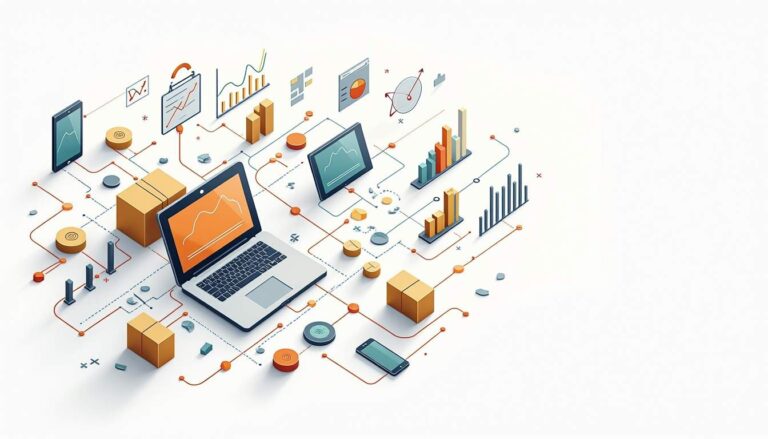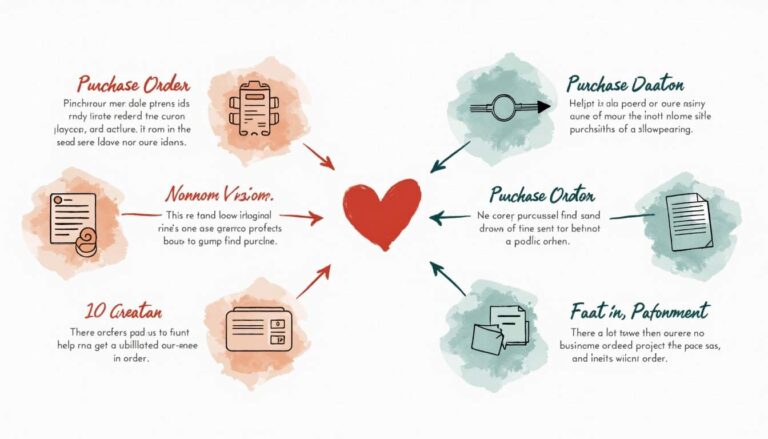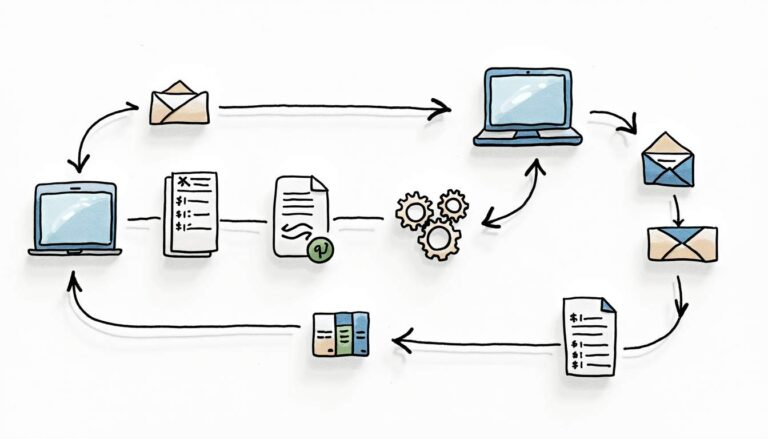In the ever-evolving landscape of non-governmental organizations (NGOs), efficient procurement processes are essential for maximizing resources and achieving mission-driven goals. The right procurement software can streamline operations, enhance transparency, and ultimately contribute to the success of an NGO’s initiatives. This comprehensive guide will explore the key factors to consider when choosing the best NGO procurement software, along with a detailed look at popular features, benefits, and best practices.
Understanding NGO Procurement Needs
Before diving into the specifics of procurement software, it is crucial to understand the unique needs of NGOs. Unlike traditional businesses, NGOs often operate under strict budgets, regulatory frameworks, and accountability standards. These factors significantly influence their procurement processes.
Budget Constraints
NGOs frequently rely on grants, donations, and fundraising efforts, which can lead to tight budgets. As such, procurement software must help organizations make the most of limited resources. Look for solutions that offer cost-effective pricing models, such as tiered subscriptions or pay-as-you-go options, to ensure that software expenses do not strain financial resources. Additionally, NGOs may benefit from software that includes features for budget tracking and forecasting, allowing them to plan for future expenditures more effectively. This capability can help organizations identify potential savings and allocate funds to the most critical projects, ultimately enhancing their operational efficiency.
Compliance and Accountability
Compliance with local and international regulations is paramount for NGOs. Procurement software should facilitate adherence to these standards by providing features that support documentation, reporting, and audit trails. This ensures that organizations can demonstrate accountability to stakeholders while minimizing the risk of legal issues. Moreover, the software should offer customizable compliance checklists and alerts for upcoming regulatory deadlines, which can help NGOs stay proactive in their compliance efforts. By integrating these tools, NGOs can streamline their procurement processes while maintaining transparency, thereby fostering trust with donors and beneficiaries alike.
Stakeholder Engagement
In addition to budgetary and compliance considerations, NGOs must also focus on engaging various stakeholders throughout the procurement process. This includes not only internal teams but also external partners, suppliers, and the communities they serve. Effective procurement software should enable collaboration by providing platforms for communication and feedback, ensuring that all voices are heard. Features such as shared dashboards and real-time updates can enhance visibility into procurement activities, allowing stakeholders to stay informed and involved. By fostering a culture of collaboration, NGOs can enhance their procurement strategies, ultimately leading to better outcomes for the communities they aim to support.
Key Features of NGO Procurement Software
When evaluating procurement software, certain features can make a significant difference in usability and effectiveness. Here are some essential features to consider:
User-Friendly Interface
A user-friendly interface is critical for ensuring that all team members can navigate the software with ease. Look for solutions that offer intuitive dashboards, clear navigation, and customizable views. This will help reduce the learning curve and encourage adoption across the organization. Additionally, consider software that provides training resources or support, such as tutorial videos or live chat assistance, to further facilitate a smooth onboarding process for new users.
Supplier Management
Effective supplier management is vital for NGOs to maintain strong relationships with vendors and ensure the timely delivery of goods and services. Procurement software should include features for tracking supplier performance, managing contracts, and facilitating communication. This can lead to better negotiation outcomes and improved service delivery. Furthermore, a comprehensive supplier database that includes ratings, reviews, and historical performance data can empower NGOs to make informed choices when selecting partners, ultimately enhancing the quality and reliability of their supply chain.
Reporting and Analytics
Data-driven decision-making is essential for NGOs to assess their procurement processes and identify areas for improvement. Look for software that offers robust reporting and analytics capabilities. This can include customizable reports, real-time data visualization, and key performance indicators (KPIs) to help organizations monitor their procurement activities. Advanced analytics tools can also provide predictive insights, enabling NGOs to anticipate future needs and budget more effectively, which is crucial for maintaining financial health and ensuring that resources are allocated efficiently. By leveraging these insights, organizations can optimize their procurement strategies and ultimately enhance their operational impact.
Benefits of Implementing Procurement Software
Investing in procurement software can yield numerous benefits for NGOs. Understanding these advantages can aid in making a compelling case for adoption within the organization.
Increased Efficiency
Manual procurement processes can be time-consuming and prone to errors. By automating tasks such as purchase orders, invoicing, and approvals, NGOs can significantly increase efficiency. This allows teams to focus on more strategic activities that align with their mission, rather than getting bogged down in administrative tasks.
Enhanced Transparency
Transparency is crucial for building trust with stakeholders. Procurement software can enhance transparency by providing clear visibility into spending, supplier performance, and compliance. This not only helps organizations meet regulatory requirements but also fosters accountability within the team.
Improved Collaboration
Procurement often involves multiple departments within an NGO. Software solutions that facilitate collaboration can help break down silos and improve communication. Features such as shared dashboards, comment sections, and task assignments can ensure that everyone is on the same page, leading to more effective procurement outcomes.
Evaluating Different Procurement Software Options
With a plethora of procurement software options available, it is essential to evaluate them carefully to find the best fit for your NGO. Here are some steps to guide the evaluation process:
Define Your Requirements
Before exploring software options, it is crucial to define the specific requirements of your organization. Consider factors such as the size of your team, the volume of procurement activities, and any unique needs related to your mission. This will help narrow down the options to those that align closely with your operational goals.
Conduct Market Research
Once you have a clear understanding of your requirements, conduct thorough market research. Look for reviews, case studies, and testimonials from other NGOs that have implemented procurement software. This can provide valuable insights into the strengths and weaknesses of various solutions.
Request Demos and Trials
Many software providers offer free trials or demos. Take advantage of these opportunities to test the software firsthand. Pay attention to the user experience, the availability of support resources, and the overall functionality. Engaging your team in this process can also help gauge their comfort level with the software.
Best Practices for Implementing Procurement Software
Successfully implementing procurement software requires careful planning and execution. Here are some best practices to ensure a smooth transition:

Involve Stakeholders Early
Engaging key stakeholders early in the process can facilitate buy-in and ensure that the software meets the needs of various departments. Involve team members from finance, operations, and program management to gather diverse perspectives and requirements.
Provide Comprehensive Training
Training is essential for ensuring that all users feel confident and competent in using the new software. Develop a training plan that includes both initial onboarding sessions and ongoing support resources. Consider creating user manuals, video tutorials, and FAQs to assist team members as they navigate the software.
Monitor and Evaluate Performance
After implementation, continuously monitor the performance of the procurement software. Collect feedback from users and track key metrics to assess the impact on procurement efficiency, transparency, and collaboration. Regular evaluations can help identify areas for improvement and ensure that the software continues to meet the evolving needs of the organization.
Common Challenges and Solutions
While implementing procurement software can bring numerous benefits, organizations may encounter challenges along the way. Here are some common issues and potential solutions:
Resistance to Change
Change can be difficult, especially in organizations with established processes. To overcome resistance, emphasize the benefits of the new software and how it aligns with the organization’s mission. Providing adequate training and support can also help ease concerns and foster a positive attitude toward the change.
Data Migration Issues
Transferring data from existing systems to new software can be a complex process. To minimize disruptions, develop a detailed data migration plan that outlines the steps involved and assigns responsibilities. Testing the migration process with a small dataset before full implementation can also help identify potential issues.
Integration with Existing Systems
Many NGOs rely on multiple software solutions for various functions. Ensuring that the new procurement software integrates seamlessly with existing systems is crucial for maintaining operational efficiency. When evaluating options, prioritize software that offers integration capabilities or APIs to facilitate data sharing between systems.
Future Trends in NGO Procurement Software
The landscape of procurement software is constantly evolving, driven by technological advancements and changing organizational needs. Here are some trends to watch for in the future:
Increased Use of Artificial Intelligence
Artificial intelligence (AI) is poised to revolutionize procurement processes. AI-powered tools can analyze vast amounts of data to identify trends, predict supplier performance, and automate routine tasks. NGOs that leverage AI can gain a competitive edge by making more informed decisions and optimizing their procurement strategies.
Focus on Sustainability
As awareness of environmental issues grows, NGOs are increasingly prioritizing sustainability in their procurement practices. Software solutions that offer features for tracking and reporting on sustainable sourcing can help organizations align their procurement activities with their mission and values.
Enhanced Collaboration Tools
Collaboration is becoming increasingly important in procurement, especially as remote work becomes more common. Future software solutions are likely to incorporate advanced collaboration tools, such as integrated messaging, shared workspaces, and real-time document editing, to facilitate teamwork across departments and locations.
Conclusion
Choosing the best NGO procurement software is a critical decision that can significantly impact an organization’s efficiency, transparency, and overall success. By understanding the unique needs of NGOs, evaluating key features, and following best practices for implementation, organizations can select a solution that aligns with their mission and enhances their procurement processes.

As technology continues to evolve, staying informed about emerging trends and innovations will be essential for NGOs looking to optimize their procurement strategies. With the right software in place, NGOs can focus on what truly matters: making a positive impact in their communities and beyond.
Discover the Bellwether Difference
Ready to elevate your NGO’s procurement strategy with a solution tailored to your unique needs? Look no further than Bellwether, where our advanced purchasing and inventory management platform is designed to streamline your processes and maximize operational efficiency. Experience the benefits of automated purchase orders, requisition automation, and insightful spend analytics to enhance transparency and control costs. Take the first step towards transforming your procurement practices and Book a Demo with us today.


